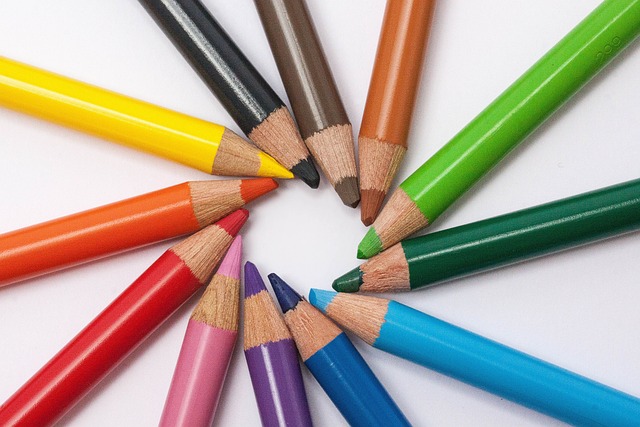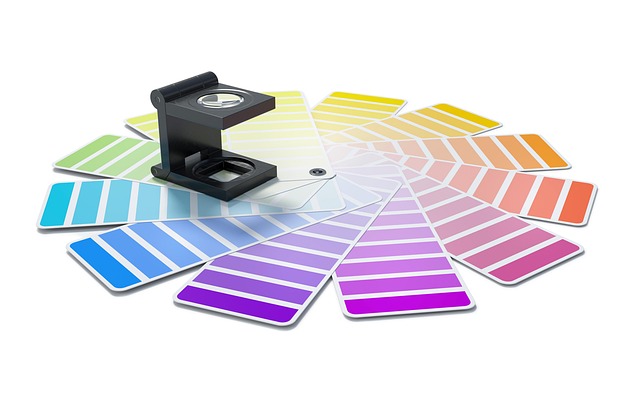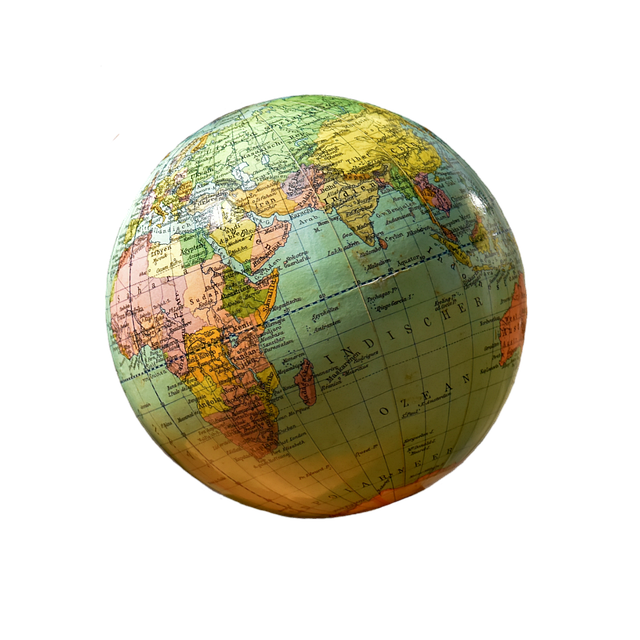Exploring the Aesthetics: The Art and Design of Color Circles in Photography
When we delve into the realm of photography, what often captivates our attention is the intricate interplay of colors. One of the most mesmerizing concepts in this domain is the color circle. This fundamental tool, rooted in the principles of color theory, not only serves as a guide for artists and photographers but also acts as a bridge between emotion and expression.
At its essence, the color circle is a visual representation of colors arranged according to their chromatic relationship. The arrangement of these hues creates a harmonious spectrum that resonates with our senses. Through the lens of photography, understanding this circle allows us to evoke specific feelings and moods, crafting an emotional narrative that goes beyond mere visuals.
The art of utilizing color circles in photography hinges on the thoughtful selection of colors that complement and contrast with each other. This design principle can significantly enhance the overall aesthetic of an image. For instance, warm colors like reds and oranges evoke feelings of warmth and passion, while cool colors such as blues and greens can instill tranquility and calmness. A photographer who is adept at manipulating these color relationships can transport viewers into a different emotional landscape, eliciting responses that are as varied as the colors themselves.
Moreover, the color circle serves as a guide to achieving balance and dynamism within a composition. The use of analogous colors—those that sit next to each other on the circle—can create a serene and cohesive feel in an image. On the contrary, employing complementary colors—those that are opposite each other—can introduce tension and vibrancy, making the subject of the photograph pop. This deliberate application of color aligns with the principles of design, where every element is meticulously crafted to enhance the overall message.
Creative photographers often experiment with the color circle in their work, using it as a source of inspiration for their compositions. It encourages exploration and a deeper understanding of how colors interact within the frame. A striking example is the use of color blocking in portrait photography, where a model is set against contrasting backgrounds that echo the hues found in the color wheel. This not only highlights the subject but also enriches the visual storytelling, making the piece more engaging.
As we explore the aesthetics of photography, it becomes clear that color circles are not merely theoretical concepts; they are powerful tools in the realm of art and design. By embracing the vibrant palette they offer, photographers can create works that resonate on a profound level, transforming ordinary moments into extraordinary visual experiences. Whether it’s the subtle nuances of color blending or the bold clashes that grab attention, understanding and harnessing the magic of the color circle can elevate photography from simple documentation to art that speaks volumes.




